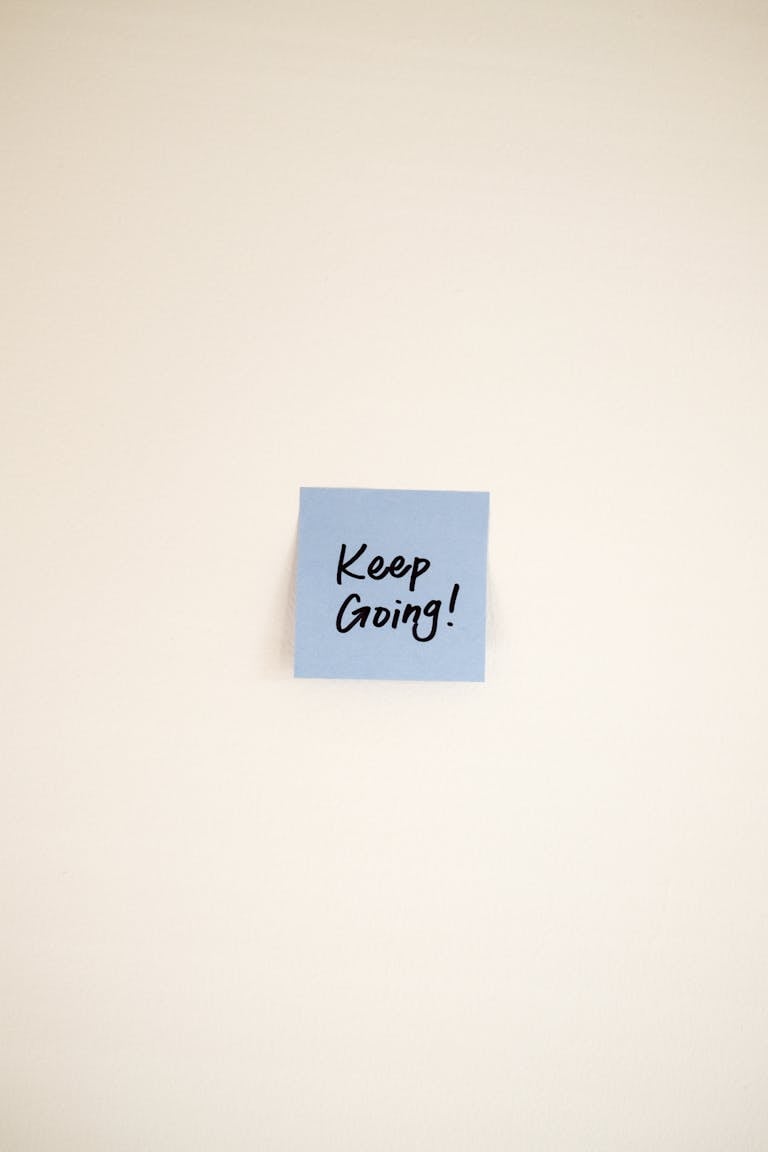If you’re a writer, designer, programmer, or thinker, you know the agony of interrupted focus. One notification, one tab switch—and the creative spark is gone. The modern world isn’t designed for deep focus. But your best work depends on it.
Here’s how to fight back and reclaim your mental zone with battle-tested deep focus techniques tailored for creative and knowledge-based work.

1. Time Block Your Creative Hours
Deep focus requires uninterrupted time. That means scheduling it like any meeting—protected and sacred.
Tips:
- Choose your peak energy hours
- Block 90–120 minute chunks
- Label them “Do Not Disturb” on your calendar
- Silence notifications and use Focus Mode
Treat this time as non-negotiable, like a doctor’s appointment with your mind.
2. Use the Flow Trigger Ritual
Athletes have pre-game rituals. You should too. A flow ritual helps signal your brain it’s time to dive in.
Create a Repeatable Routine:
- Put on noise-canceling headphones
- Open only the necessary software
- Light a candle or brew tea
- Play a specific instrumental track
Eventually, these cues become associated with deep work, like Pavlov’s bell for focus.
3. Eliminate Multi-Tasking at the Root
Multitasking is a myth. Your brain isn’t wired to do multiple cognitive tasks at once—it just switches rapidly, which destroys flow.
How to Stop It:
- Keep only one browser tab open
- Put your phone in another room
- Use tools like Cold Turkey or Freedom to block distractions
- Turn off Slack, Teams, or email temporarily
Even a 3-second glance at your phone can derail your train of thought for 20 minutes.
4. Apply the 90-Minute Focus Sprint
Research shows our brains operate in 90-minute ultradian rhythms. After that, focus declines.
Try This:
- Work deeply for 90 minutes
- Take a 15–30 minute rest
- Repeat up to 3 cycles per day
This mimics the peak structure of elite performers—from musicians to chess grandmasters.
5. Design a Minimalist Work Environment
Your workspace communicates with your brain. Clutter breeds anxiety and distraction.
Declutter Your Space:
- Clear your desk of everything but what you need
- Face away from doors and windows
- Use soft, indirect lighting
- Keep colors neutral and calm
Less visual noise means more mental bandwidth.
6. Batch Shallow Tasks Separately
Not all work requires deep thought. Emails, admin, meetings—these are shallow tasks that ruin flow when mixed into your focus time.
How to Batch Wisely:
- Group all shallow tasks into one or two time blocks
- Avoid starting your day with email
- Never switch between deep and shallow work mid-session
Keep your cognitive energy reserved for meaningful creation.
7. Use Audio to Guide Focus
Instrumental or ambient music can help you maintain rhythm and block external distractions.
Recommended Tools:
- Brain.fm or Endel (AI-generated focus music)
- Binaural beats for theta or alpha waves
- Lo-fi hip hop or nature sounds
Avoid lyrics—they hijack your language-processing brain regions.
8. Track Your Flow Moments
Self-awareness helps optimize when and how you focus best.
Keep a Flow Journal:
- When did you get into flow?
- What helped or hurt?
- What tasks led to breakthroughs?
Over time, patterns emerge, and you can engineer more peak experiences.
Q: How long does it take to enter a flow state?
A: It typically takes 15–20 minutes of undistracted work to fully enter flow. Interruptions reset the clock.
Q: Can you train your brain to focus more deeply?
A: Absolutely. Just like building physical muscle, consistent practice builds mental stamina and focus capacity.
Your best work lives on the other side of deep focus. Protect your attention, design your environment, and develop routines that lead to flow. Your creativity deserves this space.

I’m EKBAL HOSSAIN MONDAL, the creator of SmartSolveTips.com — a blog dedicated to helping people improve productivity, avoid digital burnout, and live better online. With years of hands-on experience in self-development and digital wellness, I write practical tips and tools to help you stay focused and thrive in a fast-paced digital world.






